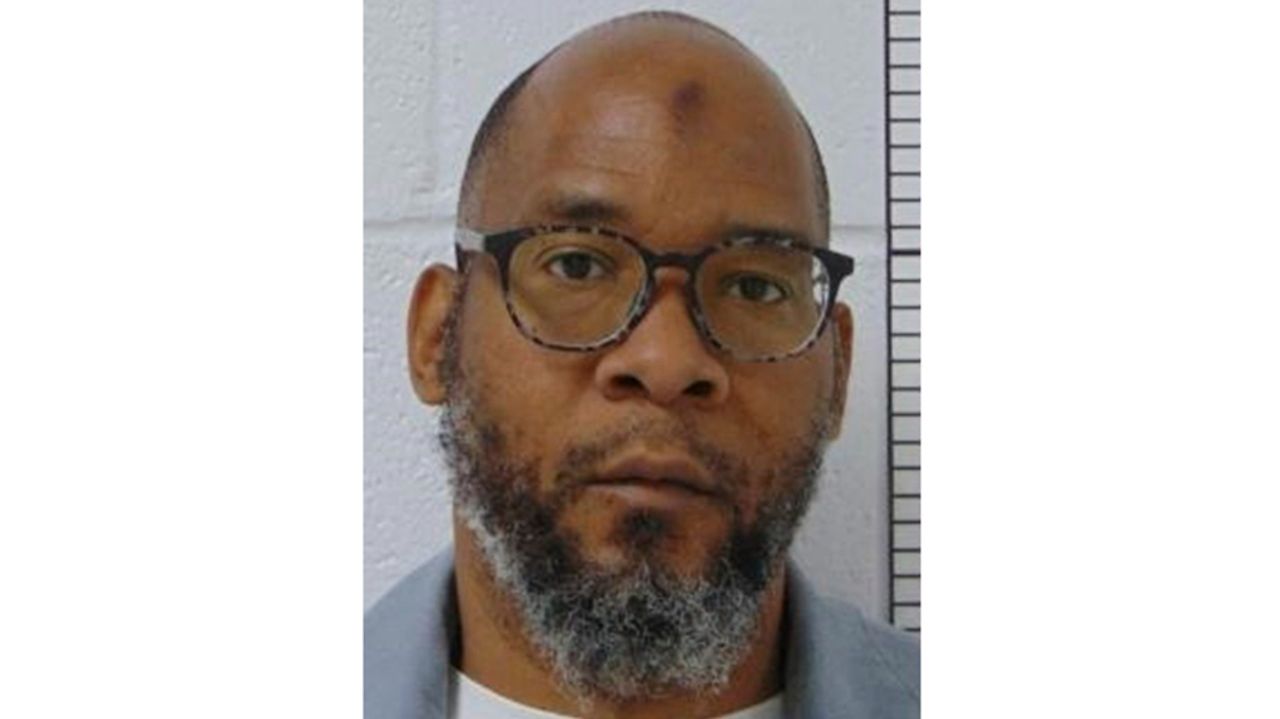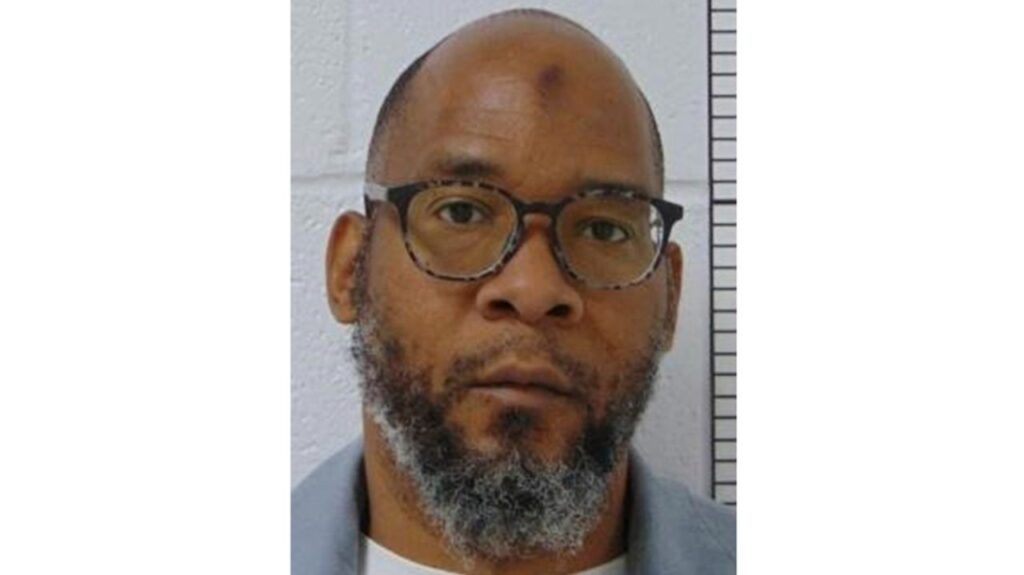
The cases of two men with scheduled execution dates in the United States have focused attention on the reality that some death row inmates are being sentenced to die and executed despite acknowledgement by prosecutors, courts and politicians that scientific evidence proves they could not have committed the crimes for which they stand accused.
Missouri has set a September 24 execution date for Marcellus Williams despite DNA evidence from the crime scene that convincingly demonstrates that he did not commit the murder. In Texas, Robert Roberson is scheduled to be executed October 17 based largely on the testimony of an expert witness who cited a scientific theory on the victim’s death that has subsequently been debunked.
St. Louis County Circuit Court schedules August 21 hearing for Marcellus Williams
The WSWS has written on the case of Marcellus “Khaliifah” Williams, 55, who was convicted and sentenced to death for the August 1998 murder of Felicia Ann Gayle, a former St. Louis reporter who was found stabbed to death in her home in 1998. Williams has consistently maintained his innocence. He has spent more than two decades on death row.
In January, St. Louis County Prosecuting Attorney Wesley Bell filed a motion to vacate Williams’ conviction because newly presented DNA evidence “when paired with the relative paucity of other, credible evidence supporting guilt … casts inexorable doubt on Mr. Williams’ conviction and sentence.” None of the forensic evidence at the crime scene, including fingerprints, footprints, hair and trace DNA on the murder weapon, has been tied to Williams.
Williams came within hours of execution on August 22, 2017, when then-governor Eric Greitens stayed the execution and convened a board of inquiry to investigate the case based on this new evidence. But the current governor, Mike Parson, dissolved this board before it had even issued a report or recommendation. The Missouri Supreme Court dismissed a lawsuit by Williams against the governor and scheduled a new, September 24 execution date.
In a new development on July 2, a judge in the Circuit Court of St. Louis County scheduled an August 21 hearing—just little more than a month before Williams’ impending executed—to assess the “clear and convincing evidence” that led the prosecuting attorney to move to vacate Williams’ wrongful conviction and death sentence. The case has been taken up by the Midwest Innocence Project and has provoked outrage among death penalty opponents and others concerned with justice. A petition demanding the execution be stopped had garnered 484,487 signatures as of this writing.
Texas sets October 17 execution date for Robert Roberson III
On July 1, the Third Judicial District Court in Anderson County, Texas set an October 17 execution date for Robert Roberson III. If executed, Roberson would be the first person in the US executed based on now discredited scientific criteria for determining “shaken baby syndrome” (SBS). The court scheduled the execution without granting Roberson’s previously filed request for a hearing.
The case concerns the January 2002 death of 2-year-old Nikki Curtis. Everything about the conviction of Nikki’s father, Roberson, for his daughter’s tragic death exposes how the death penalty is meted out against society’s most vulnerable. It demonstrates as well the willingness of authorities to dispense with science and railroad innocent individuals to execution, even when new evidence emerges and expert witnesses and some of those involved in a defendant’s arrest and prosecution demand it be halted.
Nikki was born to a mother suffering from addiction and homelessness. Nikki’s maternal grandparents voluntarily transferred the child’s custody to Roberson in November 2001. Roberson says that when he gained custody, he was not fully aware of his daughter’s medical history, including frequent ear infections and “breathing apnea,” which would lead her to stop breathing and collapse.
Roberson did not receive the support he needed to care for his sick child. Roberson had been a special education student who dropped out of school in the ninth grade. At the time of Nikki’s death, he was suffering from undiagnosed autism spectrum disorder. He worked multiple paper routes in his hometown of Palestine, Texas, to try to support his family.
Despite these difficult conditions, he demonstrated concern for his daughter’s well-being in the days leading up to her collapse on January 31, 2002. He took her to her pediatrician on January 29, 2002, where her temperature measured 104.5 degrees. She was diagnosed with “respiratory illness, possibly viral,” but was sent home with a second prescription for Phenergan/promethazine, which included the narcotic codeine. She had been prescribed a different form of the same medication the day before at the ER. Phenergan is no longer prescribed for children of Nikki’s age or condition because it suppresses breathing and does not treat a respiratory illness.
On the night Nikki collapsed, Roberson heard a “strange cry” and awoke to Nikki lying on the floor at the foot of the bed. He did not find anything wrong except a small speck of blood on her mouth. They both went back to sleep, but when he woke up several hours later he found her unconscious with blue lips and rushed her to the ER.
Doctors and nurses at the hospital treated Roberson with suspicion. They doubted his explanation that his daughter’s injuries had resulted from a fall out of bed and, not knowing he had autism, were concerned over his lack of emotion.
A head CT scan performed on Nikki found a small subdural bleed and brain swelling, but no skull fractures, broken bones or signs of battery. Nikki never regained consciousness and was transferred to Children’s Medical Center of Dallas, where she was later pronounced dead.
Before an autopsy was even performed, Dr. Janet Squires—the in-house “child abuse pediatrician”—submitted an affidavit with her diagnosis of shaken baby syndrome to the Palestine police. An autopsy would find that she had Phenergan in her system. Medical Examiner Jill Urban claimed that Nikki’s death was caused by “blunt force head injuries.”
Dr. Urban relied on the presenting triad of subdural bleeding, brain swelling and retinal hemorrhages, which were consistent with shaken baby syndrome, according to medical consensus at the time. She ruled the death a homicide. Roberson was arrested and was not even allowed to travel to Dallas to see his daughter. At trial, Roberson was convicted based largely on the testimony of doctors who said his daughter had died from SBS by his hand.
In 2016, the Court of Criminal Appeals stopped his execution and sent the case back to the trial court after the medical community began to question the legitimacy of SBS diagnoses based on a “triad” of symptoms, without considering other causes and a baby’s medical history.
Roberson’s attorneys cited “overwhelming new evidence” that Nikki died of “natural and accidental causes,” and not head trauma. They argued that the child had “severe, undiagnosed” pneumonia, and that the medication prescribed had further suppressed her breathing.
The lead detective in Roberson’s case, Brian Wharton, now opposes the execution. The Innocence Project quotes him:
I testified for the prosecution and helped send Mr. Roberson to death row in 2003. For over 20 years, I have thought that something went very wrong in Mr. Roberson’s case and feared that justice was not served. I have come to believe that Nikki died of accidental and natural causes and that there was no crime. I am convinced that Mr. Roberson is innocent.
In January 2023, the Court of Criminal Appeals denied Roberson a new trial. Prosecutors argued that the evidence still supported a conviction and that the science around SBS had not changed as much as the defense attorneys claimed.
Those opposing Robert Roberson’s execution include Stanford University Professor Emeritus Patrick Barnes, who, together with 15 other leading physicians and scientists, signed a friend-of-the-court brief urging the US Supreme Court to review or vacate Roberson’s conviction and death sentence. In October 2023, the high court declined to consider an appeal in Roberson’s case.
In a September 21, 2023 column in Bloomberg Law, Barnes wrote:
Over the past two decades, there has been a revolution in the understanding of internal pediatric head conditions, which has shown that numerous naturally occurring illnesses can affect a child in the manner previously attributed to SBS. My own extensive research was key to the evolution of the science and to discrediting SBS.
According to the National Registry of Exonerations, at least 30 people served years or decades in prison after convictions involving the SBS theory before being exonerated. But the law, in many cases, has not kept up with the science.
Many experts who originally supported the SBS hypothesis, including me, believe we have a duty to help vacate convictions that are based on old and false assumptions. In one case, Robert Roberson, an innocent father, is facing execution in Texas for a crime that never occurred.
